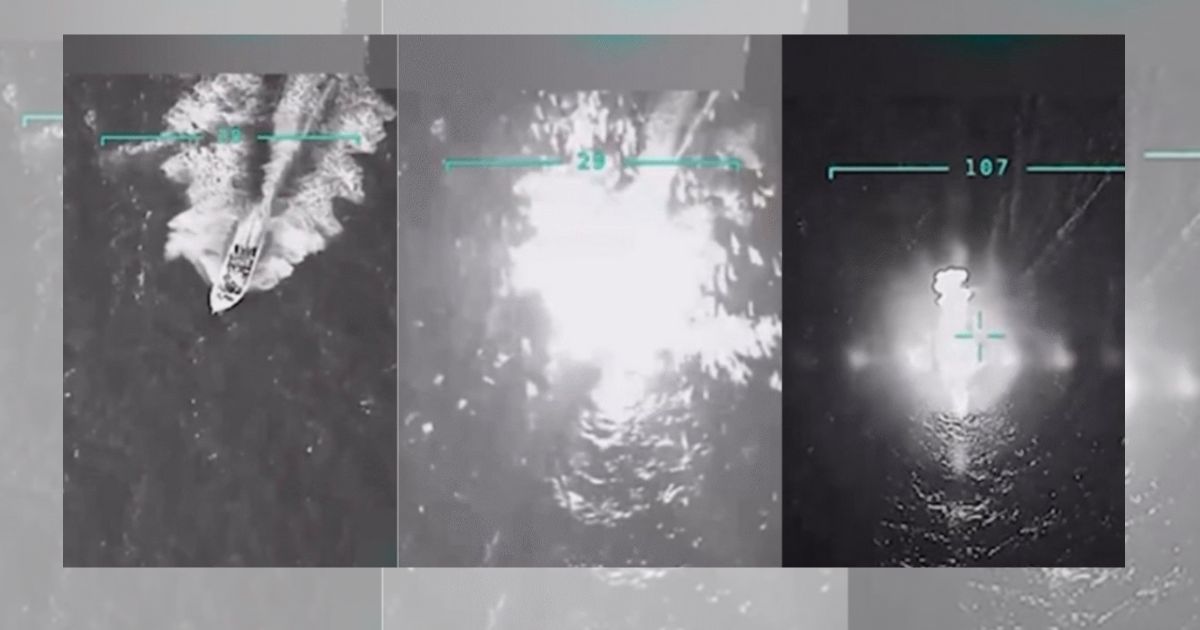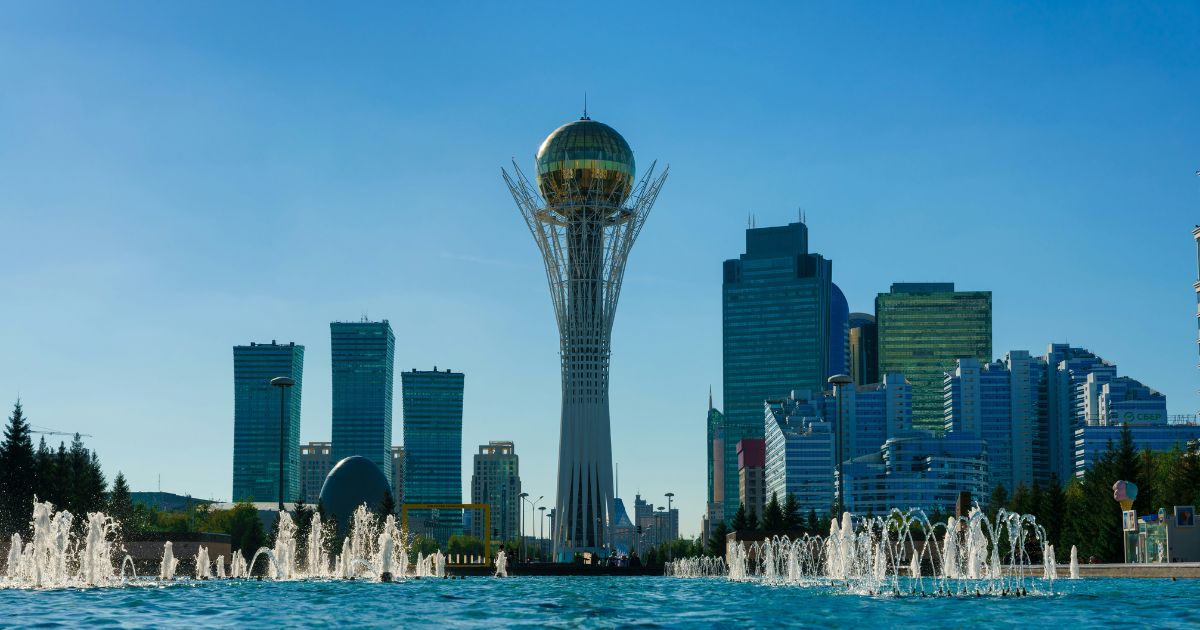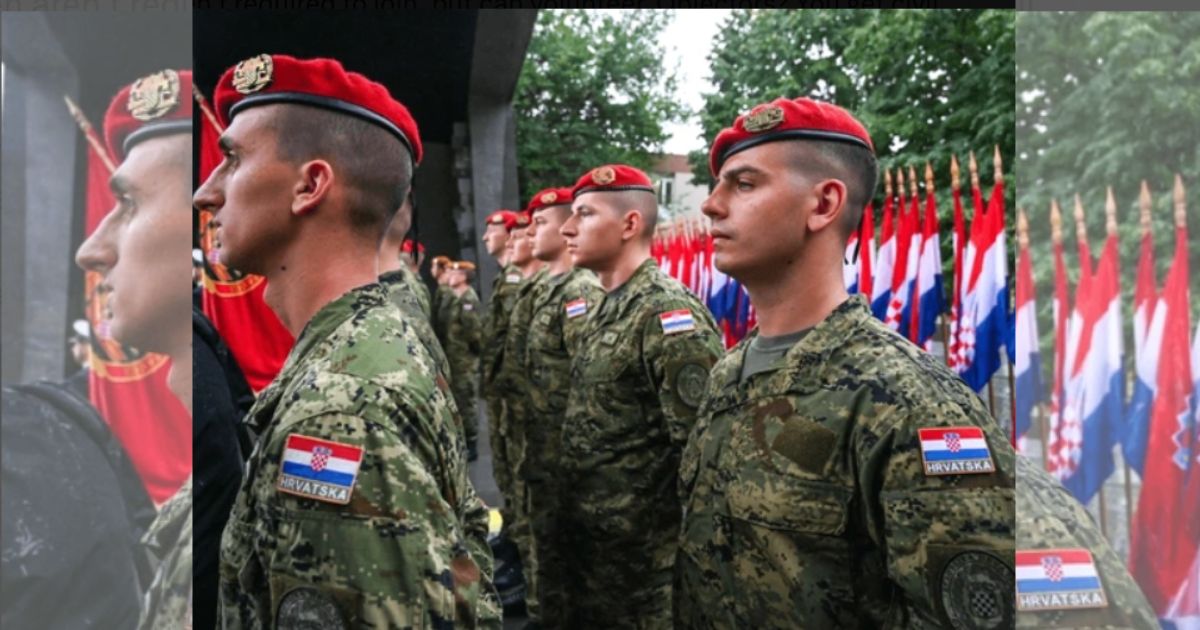The US troops have struck a second ship purported to be transporting drugs in the Pacific Ocean as the US campaign against drug smuggling in the seas intensifies.
The strike on 22nd October killed three people and did not hurt any US forces, according to Defence Secretary Pete Hegseth. It was hours following the US attack on another Pacific boat that claimed the lives of two people.
The Colombian government has blamed the US government for the attacks they have made on its vessels and termed the US action as administering the death sentence in a land not theirs.
The strikes on Wednesday were the initial ones in the Pacific waters; these were mostly carried out in the Caribbean.
“Day after day, will these strikes be continued? They are not drug runners, but narco-terrorists who are causing death and destruction to our cities”, Hegseth wrote on X.
The video that was attached to the post apparently shows a boat on fire after being struck by a US bomb.
It goes on to depict floating objects in the water, and then it seems as though there is a second air strike on the objects.
Colombian deputy foreign minister, Mauricio Jaramillo, declared the strikes disproportionate and out of international law.
He informed the Newsday programme of the BBC that there was no chance that the people on board could defend themselves.
He both stated that there was no process, no judicial order, and requested the US to join forces with Colombia in combating drug trafficking instead.
The US President Donald Trump stated that he had the legal right to keep bombing boats in international waters, but he may visit the US Congress if he wishes to include the targets on land.
He indicated that his government was fully ready to extend the anti-drug activities to the land, which would be a major escalation.
This does carry these strikes further into the Pacific Ocean, which is a much larger drug trafficking sea route than the Caribbean. In that regard, this strike seems more in line with the US justification.
However, several analysts are still of the opinion that these strikes are not just connected to the drug trade, but to the military coercion directed at the government of President Nicolás Maduro in Venezuela.
He is an old-time adversary of Donald Trump, with whom he has long leveled the charge of being head of a drug-peddling organisation, which he denies.
The US air attacks on presumed drug ships have killed at least 37 individuals up to now, with the recent one targeting a semi-submersible ship in the Caribbean.
Last week, two fellows of that blow were sent back to Colombia and Ecuador.
Later, the Ecuadorian government came out with its report, which was named after Andrés Fernando Tufiño, claiming that there was no proof of the misconduct. The other man, who was a Colombian, is reported to be still in hospital.
Colombia and its neighbour Ecuador are not only endowed with a long coastline along the Pacific that, according to the experts, is used to transport drugs northwards through Central America and Mexico, to the US.
According to the DEA estimates of the US, a majority of cocaine trafficked to the US cities will go through the Pacific.
Drug seizures in the Caribbean, where most of the verified US strikes so far have occurred, represent a comparatively low percentage of the overall total, despite the fact that it is increasing according to US authorities.
To date, the US authorities have revealed very little regarding the names of the individuals who were killed in the attacks and which drug trafficking networks they supposedly belong to.
The operation has, to date, deployed approximately 10,000 US troops to the Caribbean, dozens of military aircraft, and ships.




